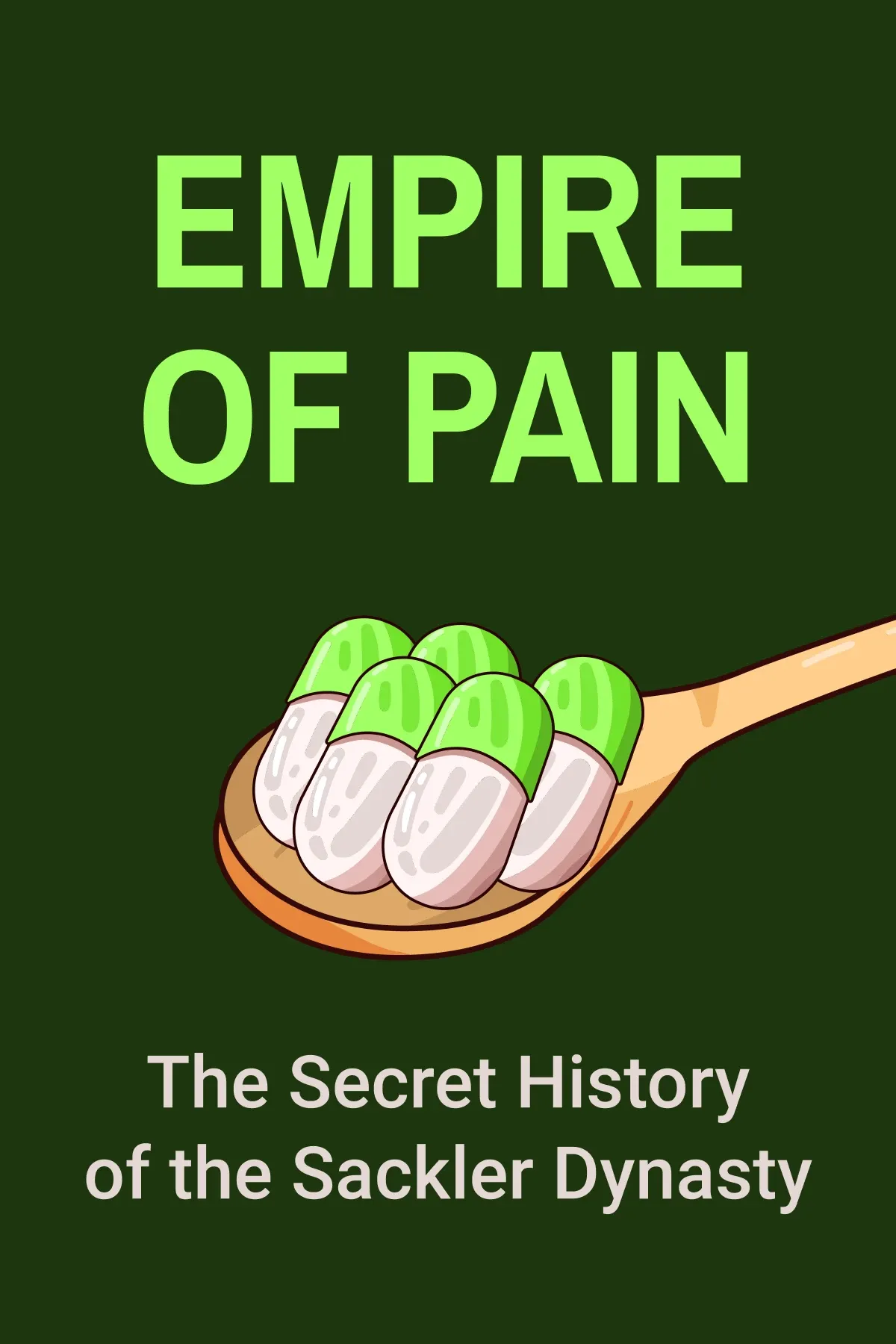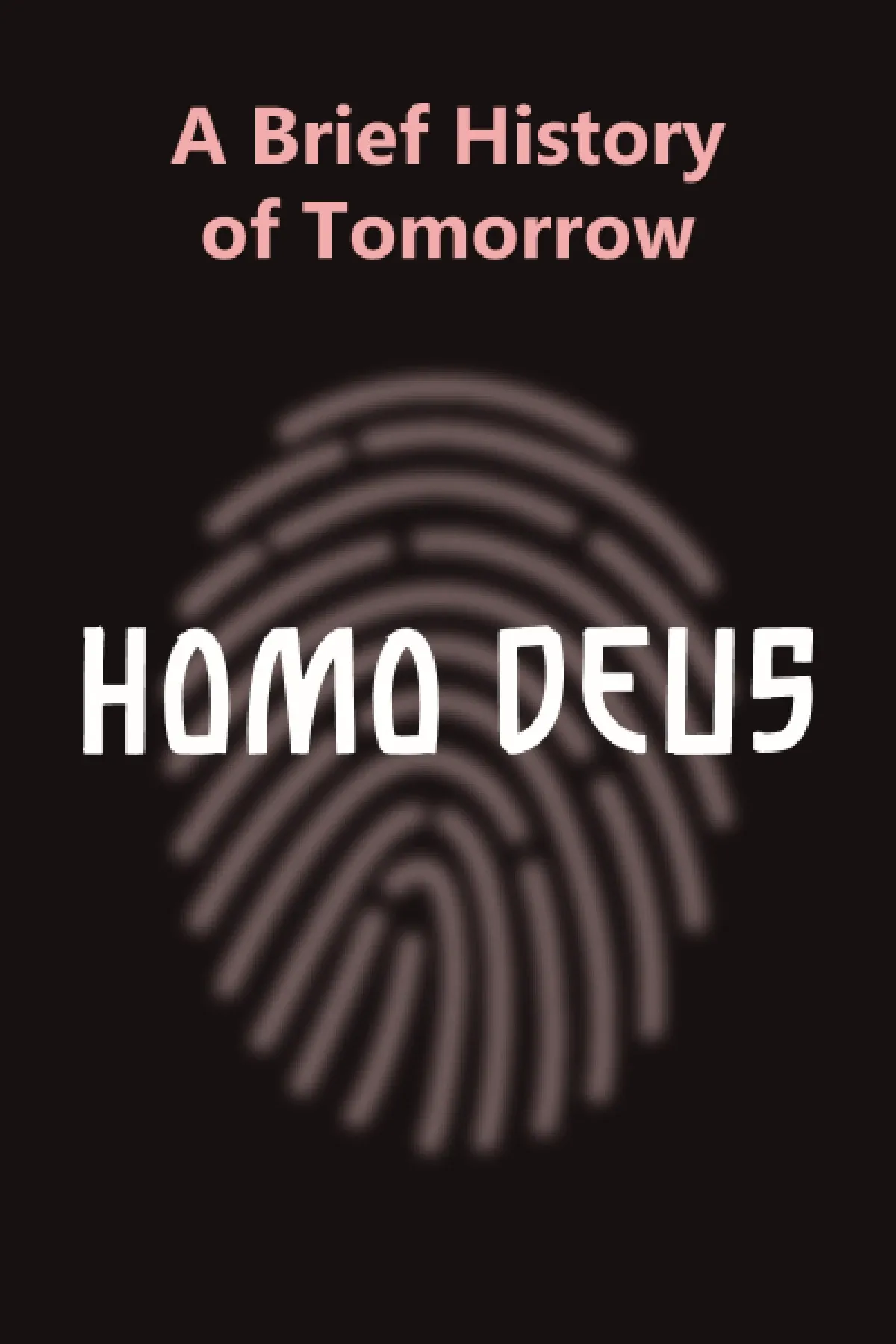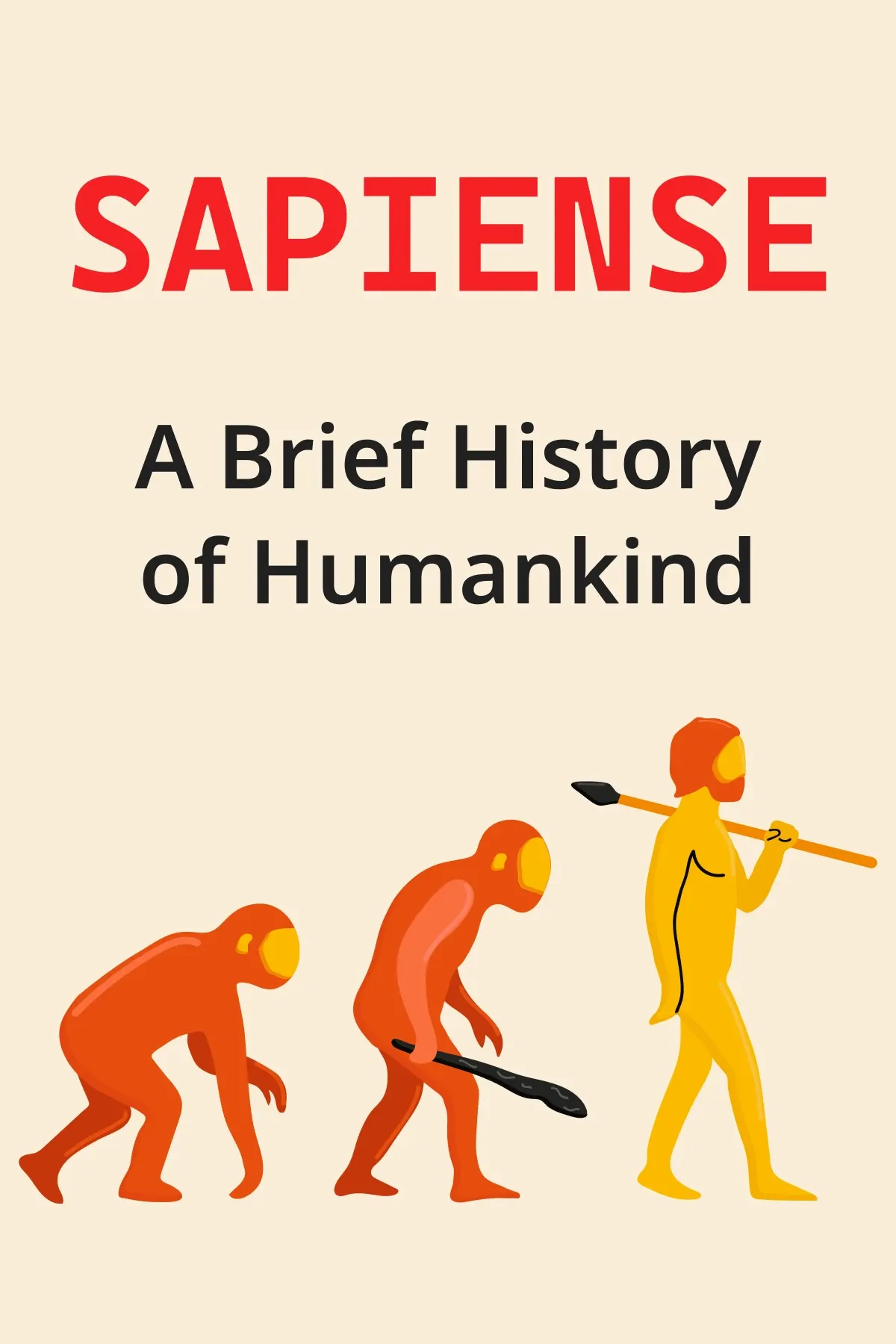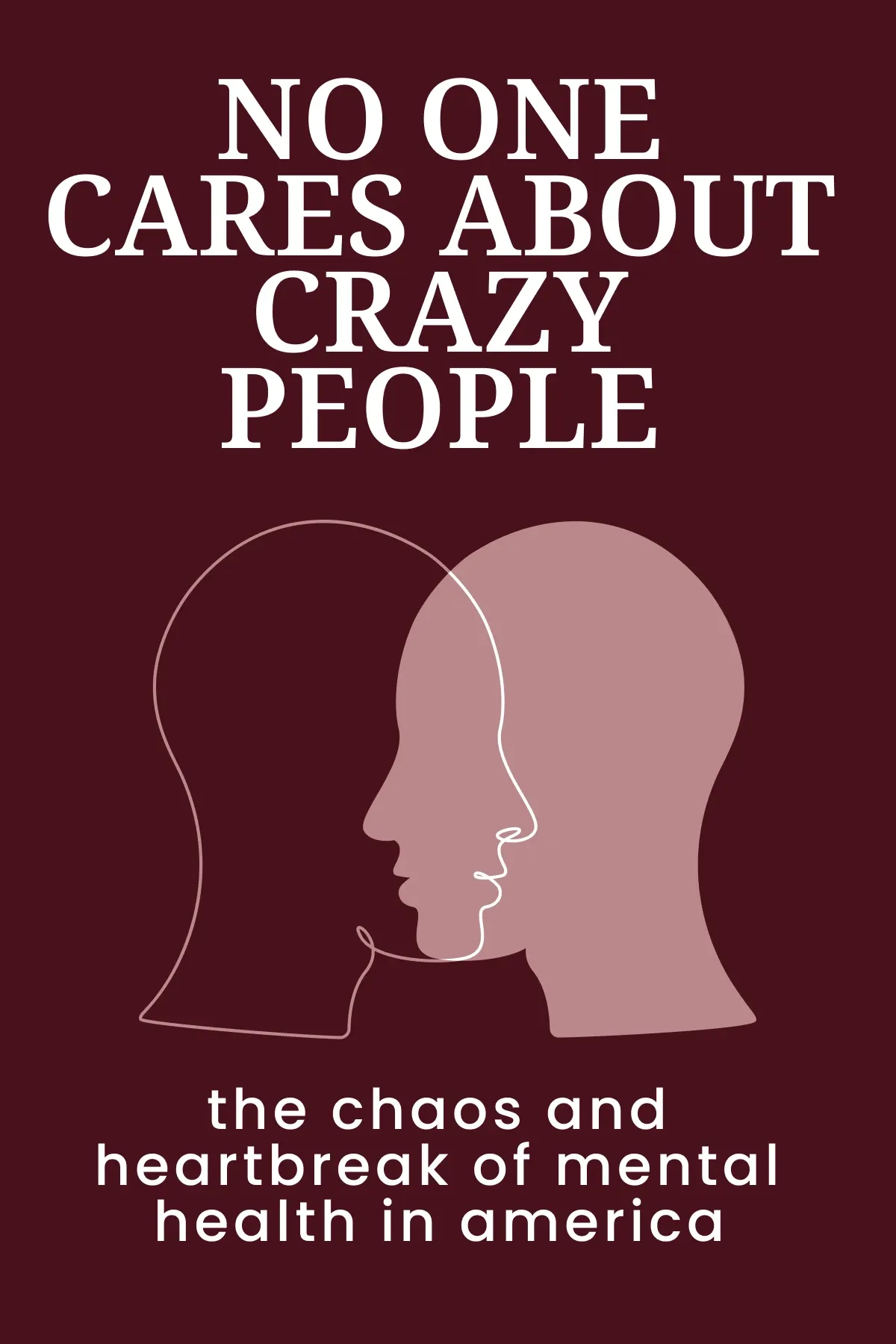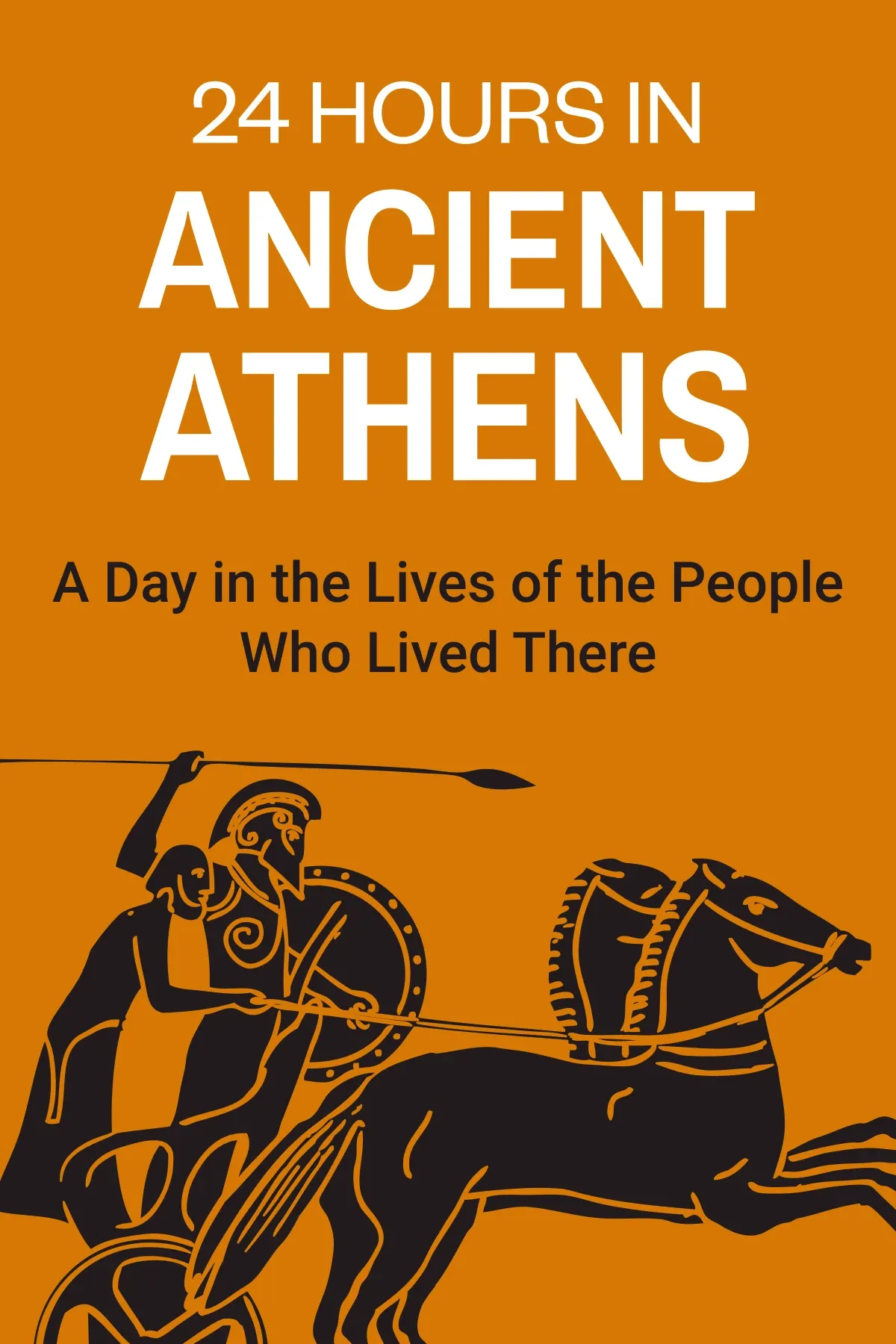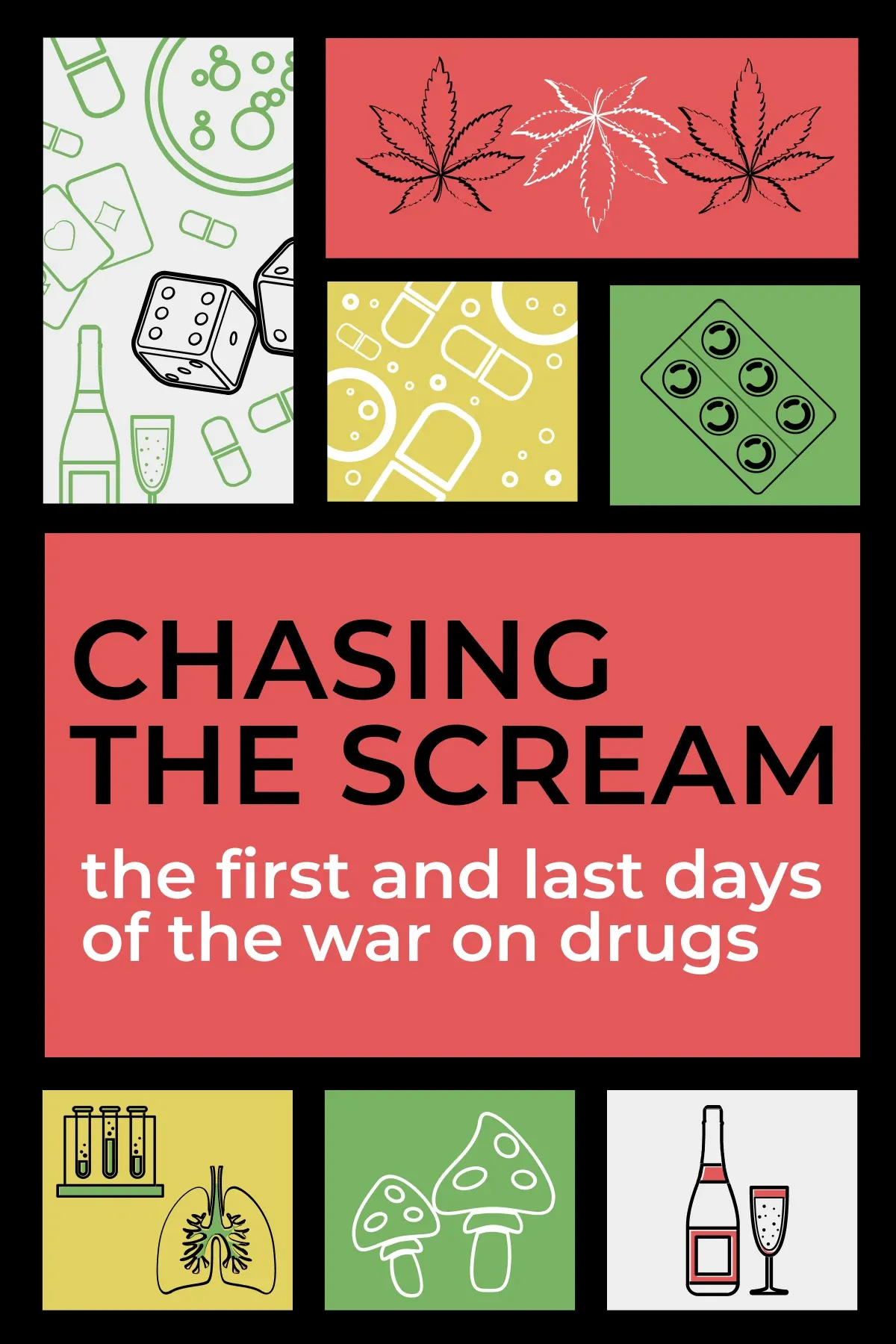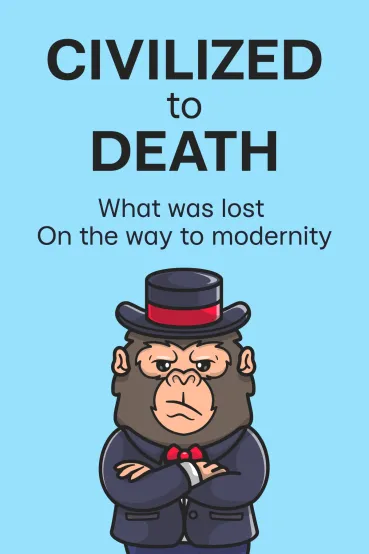
Civilized to Death
Brief Summary
The history of human evolution reveals many intriguing facts about our progress. We used to think that development and civilization were good things, but were they really? Christopher Ryan will make you think seriously about this question, disclosing insights into early gatherer societies and how our modern lives differ from those of our ancestors.
Key points
Key idea 1 of 10
No matter how much we have evolved, we are still strongly connected to our ancestors. Anthropological studies and early contacts give us an understanding of ancient hunter-gatherer societies. They show behaviors that echo through time, explaining how hunter-gatherers lived with nature and interacted socially. Regardless of tech advances, everyday life for today’s foragers stays much the same as it has been for millennia. It shows how resilient and adaptable traditional societies are.
We can track human evolution with our bodies. Features like tooth shape and brain structure show all the stages of development our ancestors went through. The same goes for their behavior patterns and biases. These tendencies stem from their environments and can be seen in us even now.
When talking about human nature, we should differentiate between capacities and tendencies. Tendencies can be disregarded, while capacities are inherent and unchangeable. Our choices and actions lie within these innate capacities, determining how we engage with the world. For about 95 percent of human history, we were nomadic hunter-gatherers in small groups. Even in different environments, foraging societies worldwide exhibit similar social structures and behaviors. Foragers’ lives revolve around three main traits: mobility, gratitude, and egalitarianism.
Foragers show gratitude toward nature, believing in a benevolent spirit realm. They perceive the land as a generous provider, fostering a bond with nature. Mobility supposes moving to find food sources, enabling foragers to evade conflicts or discomfort by joining or departing from groups. As for egalitarianism, it reigns supreme. Reciprocity is the norm, and any form of selfishness is frowned upon. Leadership is non-coercive and non-official, grounded in respect and consensus.
Before agriculture, foragers’ lives were marked by these three aspects. Hunter-gatherers are similar in parenting, gender dynamics, power distribution, spirituality, and views on death. All decisions were collective, and women held equal status with men. Foragers’ society highly valued autonomy and cooperation.
The shift to agriculture led to significant societal changes, coercion, and a power hierarchy. Agricultural societies brought inequalities and restrictions, resulting in slavery. However, the altruistic principles of ancient foragers are still relevant. Our collective sharing, inherent understanding of fairness, and protectiveness reflect the collaborative spirit of our history. While we may be vulnerable alone, our unity in the community fosters resilience and sustains us.
You may also like these summaries


